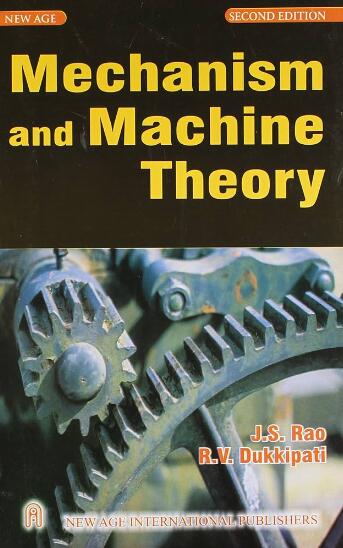A high fidelity simulation for vertical planar motion control of underwater vehicle navigating near surface waves using joint mechanism control
IF 4.5
1区 工程技术
Q1 ENGINEERING, MECHANICAL
引用次数: 0
Abstract
Traditional underwater vehicle (UV) motion control simulations primarily rely on dynamic modeling but often neglect the precise consideration of fluid forces, such as turbulence effects, viscous phenomena, and flow separation. To address this limitation, this study focuses on UV operations near the water surface and embeds a vertical plane integrated control strategy, combining Line-of-Sight Proportional–Integral–Derivative (LOS-PID) rudder angle control and ballast weight control, within a Computational Fluid Dynamics (CFD) framework. This approach achieves precise depth maintenance and pitch stability. The primary contributions of this research include the following three aspects: (1) A novel high-fidelity motion simulation framework is proposed via coupling closed loop motion control algorithms within CFD to study the UV navigating near surface waves. (2) The sea state and water depth affect the surfacing behaviors of UV during low-speed navigation near the surface waves. The second order waves cause the surfacing velocity to become faster when the UV is going up, consequently bringing control difficulty. (3) A comparative analysis of different control strategies shows that the stern rudder control is unable to overcome the second-order wave induced motion while the joint mechanism (rudder and ballast) control demonstrates effective suppression of surfacing behavior of UV navigating near surface waves. This integrated motion simulation framework provides a robust approach for investigating the control and simultaneous fluid mechanic behaviors of UVs in complex oceanic environments.
基于关节机构控制的水下航行器近表面波垂直平面运动高保真仿真
传统的水下航行器(UV)运动控制仿真主要依赖于动态建模,但往往忽略了流体力的精确考虑,如湍流效应、粘性现象和流动分离。为了解决这一限制,本研究将重点放在水面附近的UV操作上,并在计算流体动力学(CFD)框架内嵌入一个垂直平面集成控制策略,该策略结合了视距比例积分导数(LOS-PID)方向角控制和压载重量控制。这种方法可以实现精确的深度保持和俯仰稳定性。本研究的主要贡献包括以下三个方面:(1)利用CFD中的耦合闭环运动控制算法,提出了一种新的高保真运动仿真框架,用于研究紫外在表面波附近的导航。(2)海况和水深会影响紫外在海面波附近低速航行时的表面行为。二阶波在UV上升时使表面速度变快,给控制带来困难。(3)不同控制策略的对比分析表明,船尾舵控制无法克服二阶波诱导运动,而舵舱联合机构控制则能有效抑制UV在表面波附近的浮上行为。该综合运动仿真框架为研究复杂海洋环境中uv的控制和同步流体力学行为提供了一个可靠的方法。
本文章由计算机程序翻译,如有差异,请以英文原文为准。
求助全文
约1分钟内获得全文
求助全文
来源期刊

Mechanism and Machine Theory
工程技术-工程:机械
CiteScore
9.90
自引率
23.10%
发文量
450
审稿时长
20 days
期刊介绍:
Mechanism and Machine Theory provides a medium of communication between engineers and scientists engaged in research and development within the fields of knowledge embraced by IFToMM, the International Federation for the Promotion of Mechanism and Machine Science, therefore affiliated with IFToMM as its official research journal.
The main topics are:
Design Theory and Methodology;
Haptics and Human-Machine-Interfaces;
Robotics, Mechatronics and Micro-Machines;
Mechanisms, Mechanical Transmissions and Machines;
Kinematics, Dynamics, and Control of Mechanical Systems;
Applications to Bioengineering and Molecular Chemistry
 求助内容:
求助内容: 应助结果提醒方式:
应助结果提醒方式:


